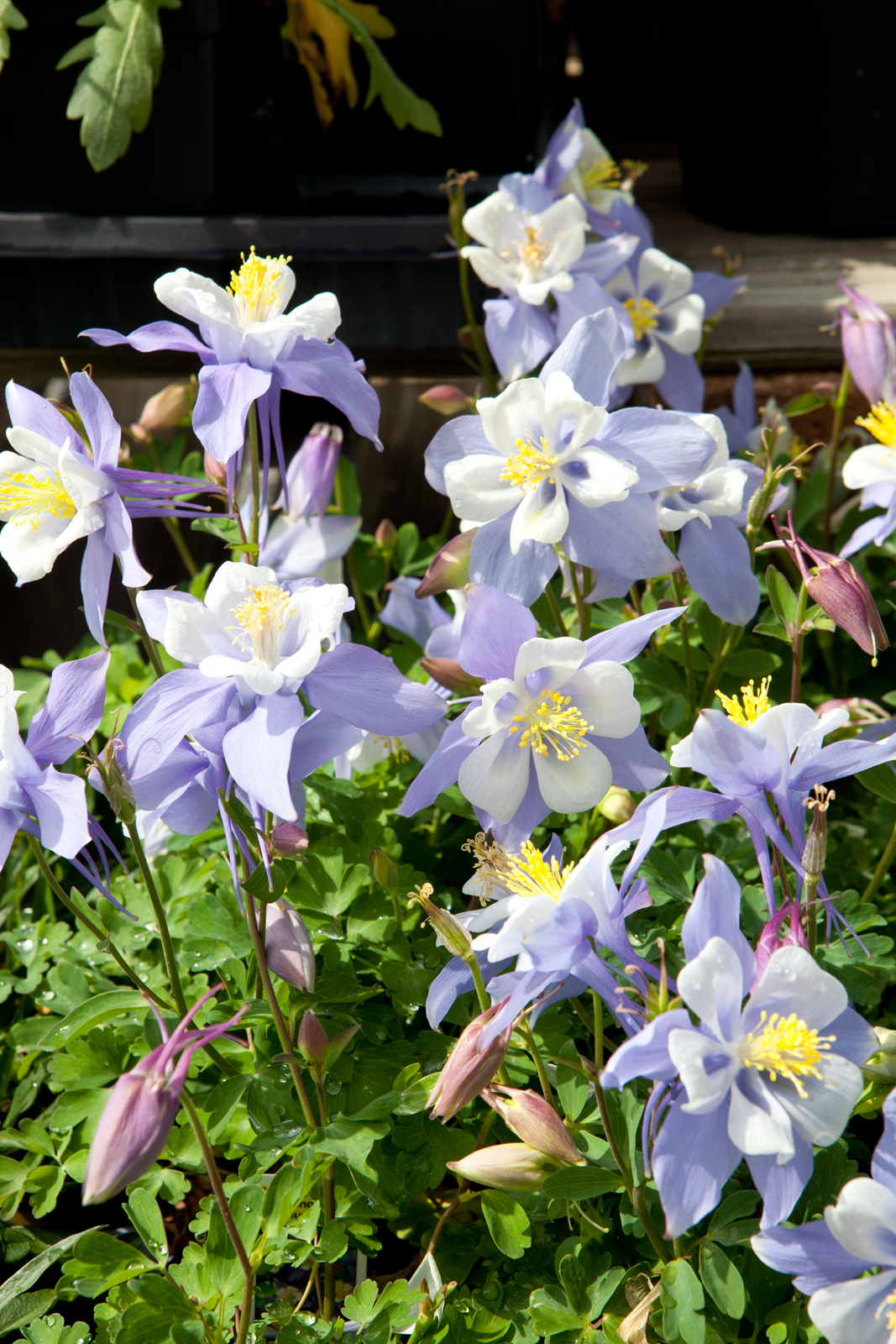Not to be confused with the name of a new Disney character, but a look into the unique and sometimes delightful tales of common flowers. Ancient societies used a ‘doctrine of signatures’ to help identify which wild plants and herbs were useful medicines. Certain parts of the plant (flowers, petals, leaves, etc.) had shapes resembling a part of the human body which was interpreted as useful for that part of the body. Many recipes made with plant parts were made into teas, eaten raw or cooked, or added to lotions and salves to be placed on the ailing body. For example, the leaf of Hepatica (Buttercup) resembles the human liver, and it was thought that this plant was put on earth to cure problems of the liver. Also, when farmers saw the small blossoms in spring, they knew it would soon be time to start planting.
Here are a couple of common plants found in Colorado with their own unique ‘signatures’ and stories:
Aquilegia (Columbine)
The spurs on the flower resemble a meeting house or “heads in a circle.” Also, the genus name, Aquilegia (Latin for eagle) describe the spurs appear to look like an eagle’s claw. Legend said lions ate columbine in the spring to gain extra strength. As our state flower, it was decided by the vote of school children in 1911 to enstate the lovely blue/white species to represent the blue skies and white snow-capped mountaintops.
Castilleja (Indian Paintbrush)
Legend shares of an Indian brave who was trying to paint a picture of the sunset with his warpaints. Frustrated because he could not capture the beautiful colors, he asked the Great Spirit for help. The Great Spirit gave him paintbrushes filled with the colors of the sunset, which the brace used and then threw away. Wherever these brushes landed, there grows this plant. This plant is parasitic on the roots of other plants, especially sagebrush. The genus name is from a Spanish botanist, Domingo Castillejo.
Daucus (Queen Anne’s Lace)
Also known as wild carrot, is a flower that takes care of itself. Legend and superstition abounds for this member of the parsley family. Crowns of parsley were worn by the victors of the Grecian games. The Greeks also used parsley on raves to assure their loved ones that they were still remembered. One old legend says that parsley takes along time to germinate, because it goes to the devel nine times before appeared above ground! To put it on a plate of food served to a guest was a token of trust and to assure them it wasn’t poisoned.

